In July, the Vietnamese Women's Publishing House released nationwide the novel Fille (tentatively translated: Daughter ) by author Camille Laurens - one of the "grandmasters" of contemporary French literature.
Daughter in turn reveals the fate of women through the character Laurence Barraqué, who faces changes in French society over 40 years.
Born in 1959 into a middle-class family, Laurence Barraqué grew up with his sister in the city of Rouen (Northern France), his father was a doctor and his mother was a housewife.
From a very early age, through language and her parents, Laurence understood that a girl's place in life was always inferior to that of a boy. By the 1990s, as a mother, she was grappling with the question "What does it mean to be a girl?" and what lessons she should or should not teach her beloved daughter.
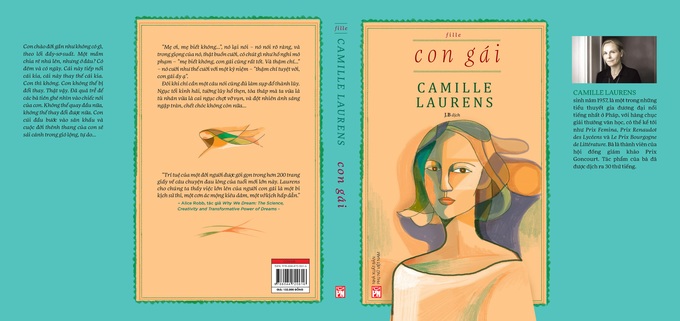
Cover of the book "Daughter" by Camille Laurens (Photo: Vietnamese Women Publishing House).
In the first half of the book, through Laurence's doubts, the reader sees that one is not born a girl, but becomes a girl.
From the moment Laurence was born, to the dismay of her parents, her gender was revealed, casting a shadow over her relationship with them. As she grew older, Laurence continued to expose how society defined, limited, and diminished girls through language.
The author changed the narrator's point of view to reflect the girl's level of control over her life.
Laurence's childhood is described in the second person: " I discovered my family, with my ears, my eyes, and my touch. First of all, 'mama'. 'Mama', that was the first word I learned, and it was a woman's name."
Between the ages of 3 and 8, Laurence asserts himself, with a strong first-person dominant: " My earliest memory begins with a scream, as if I had woken from a nightmare after a sleep."
And then there's the third person, which shows Laurence's sense of dissociation after facing sexual assault, the aftershocks of which lasted from age 9 into early adolescence:
"The handsome prince disappeared from her dream , and so did the magic house. Her night was filled with insects. Cockroaches and spiders were everywhere."
Finally, the first person returns to Laurence's own awakening of desire and control.

Camille Laurens - one of the "grandmasters" of contemporary French literature (Photo: Getty).
But then the second person returns, when Laurence is married and pregnant at the age of 30. At this time, Laurence is vulnerable and has lost control of her own body and will: " You will give birth to your baby in the city where you were born. Your father will be very happy."
When Alice, Laurence's daughter, enters the "stage" of life, the "I" reappears - Laurence becomes a loving and protective mother to her daughter.
She tells each stage of Alice's childhood as her own. But this time the focus is not on how society discriminates against gender, but on the anxiety of Alice's refusal to be a girl, in her language, her dress, her behavior, even her gender.
Daughter is considered an interesting and unique work. Camille Laurens uses three narratives to describe, emphasize the thoughts, feelings and transformation from a girl to a woman.
This helps to authentically and uniquely represent the experience of women in the 20th-21st century. To some extent, Laurence has become a representative of the life stories of countless women.
Camille Laurens, whose real name is Laurence Ruel-Mézières, was born in Dijon in 1957. She taught in Rouen, then in Morocco from 1984. Since September 2011, she has taught at the Paris Institute of Political Studies.
In 1994, she experienced the tragedy of losing a child, which gave rise to Philippe (1995) and then Cet absent-là . Through these two works, she questioned the relationship between literature and truth, moving closer to the genre of "écriture de soi" (pseudo-autobiography).
Her subsequent novels, Dans ces bras-là , won the Prix Femina and the Prix Renaudot des lycéens in 2000; L'Amour, roman , Ni toi ni moi and Romance nerveuse - the desire to express personal truths based on a constant demand for style and form.
The novel Celle que vous croyez (2015) questions the new unexpected forms of love in the age of social networks and dating websites.
Camille Laurens has also published essays, notably Quelques-uns (1999), an essay on the problem of words. Several of her novels have been adapted into plays, and Celle que vous croyez was adapted into a film in 2019.
Since 2002, Camille Laurens has written for various daily newspapers: Le Grain des mots , L' Humanité , Le Monde , Liberation . She was a member of the Prix Femina jury (2007 - 2019 ) and is currently on the Prix Goncourt jury.
Source link







































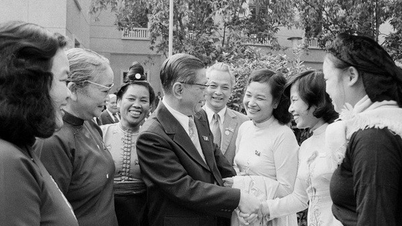




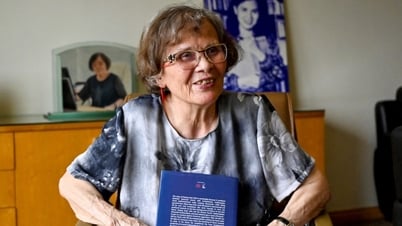






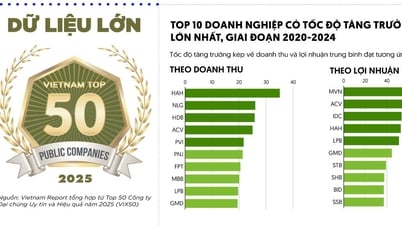







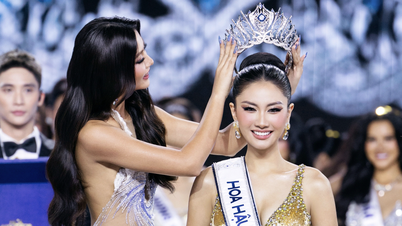











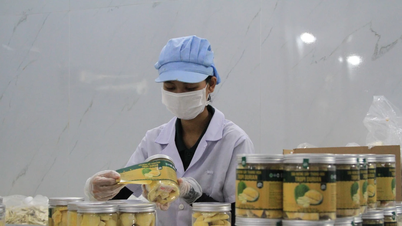



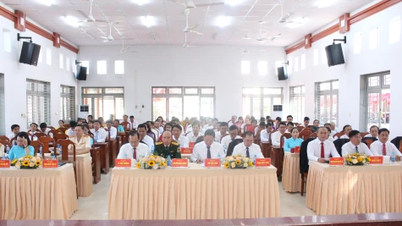
















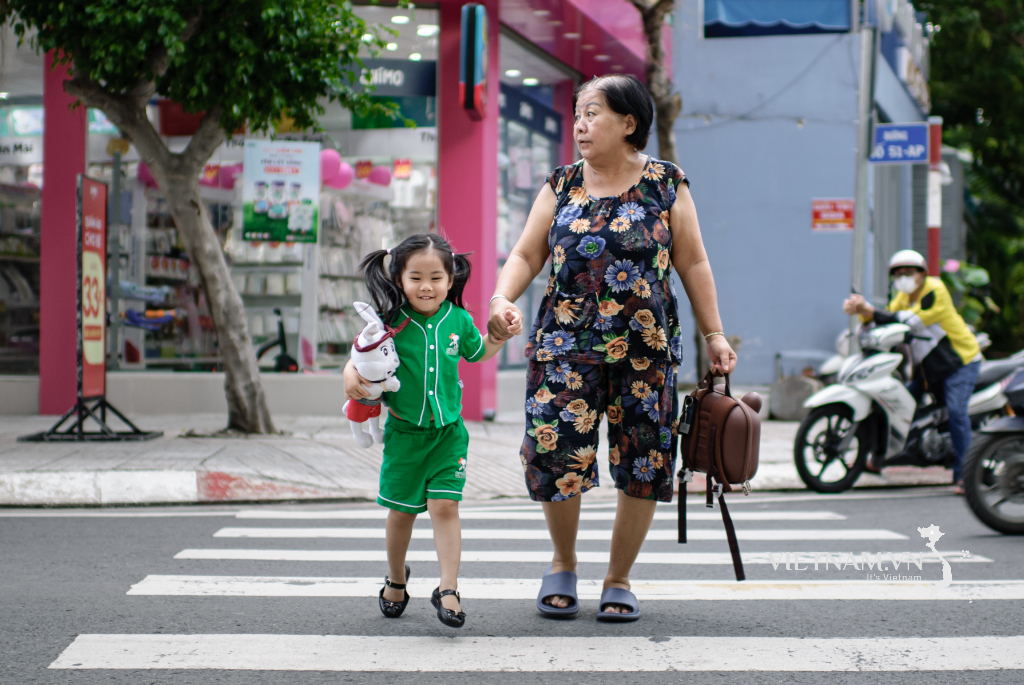
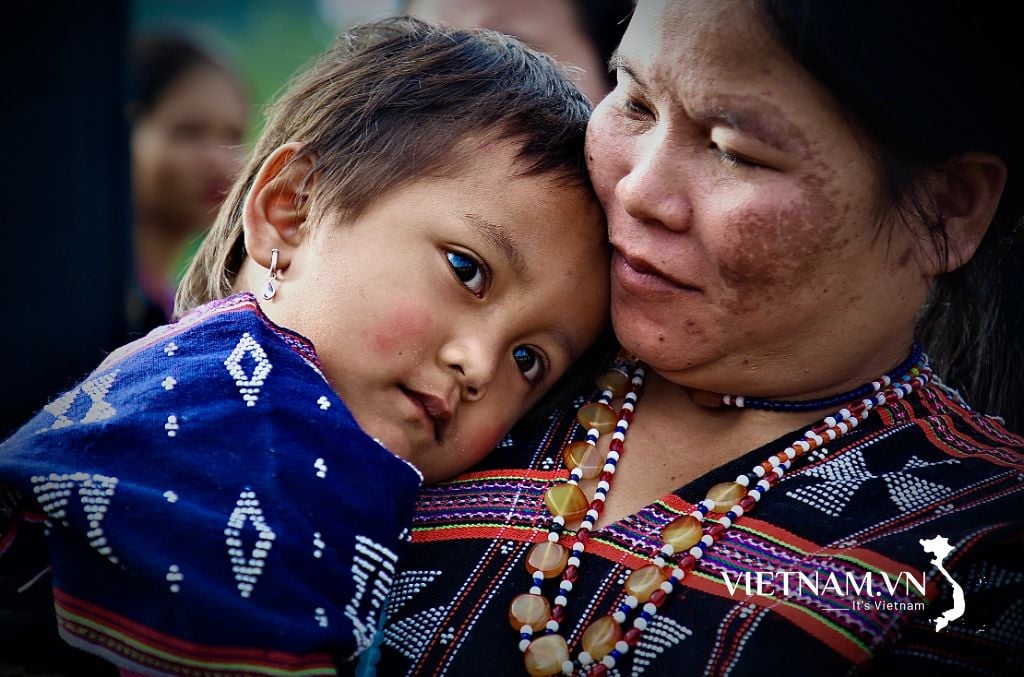
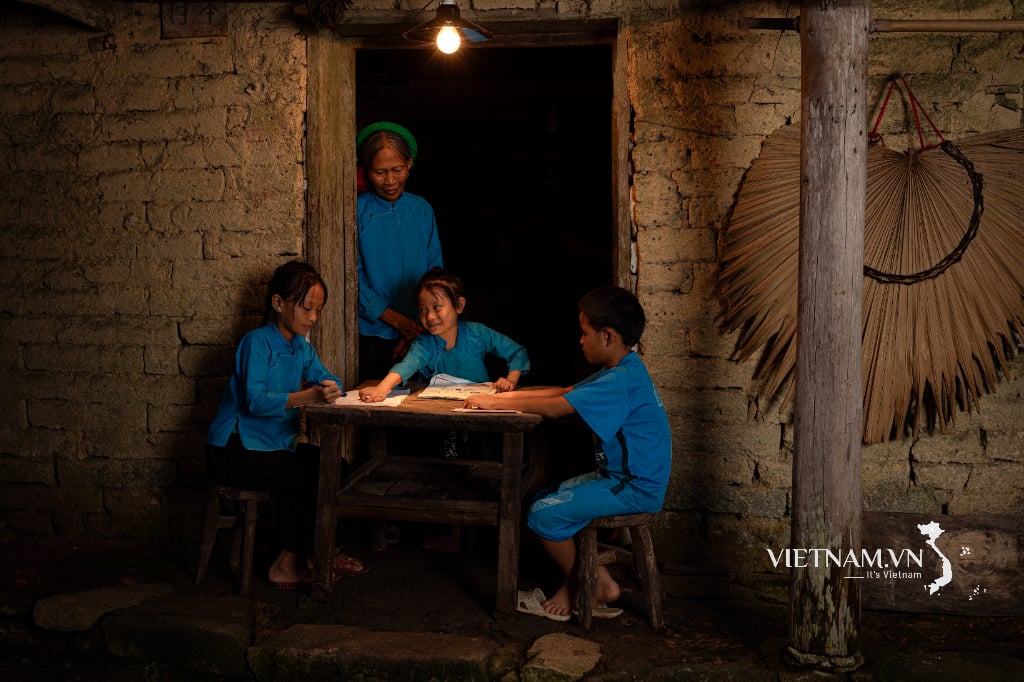

Comment (0)